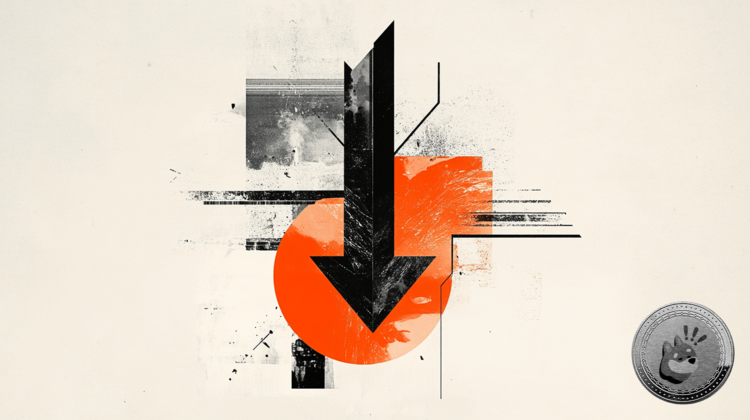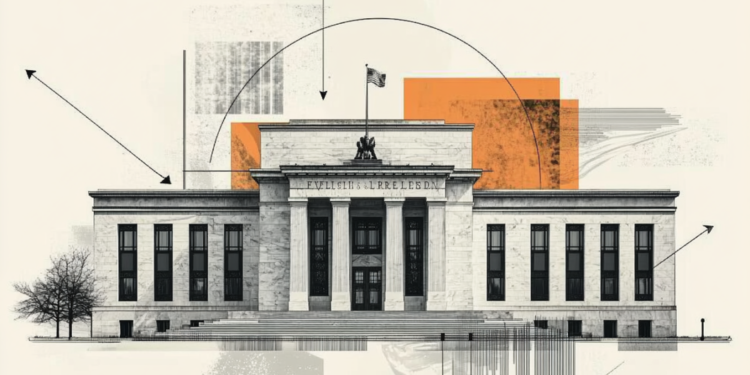By Mark Cancian
As the Russian invasion of Ukraine enters its second week, it is time to propose to Putin an agreement that will end hostilities. The US and NATO have tacitly set a maximalist position: to withdraw Russian troops from Ukraine and to restore the pre-invasion status quo. It’s morally right – but we can not get there without weeks of fighting. But even in this scenario, Ukraine’s victory alone is not certain. Instead, the United States should propose to Putin an agreement that would provide for a neutral – but independent – Ukraine. A quick fix would save thousands of lives. It would not be a victory for the Russians, as some believe. An independent and democratic Ukraine would continue to show and denounce Russian aggression.
The United States and NATO have not announced specific conditions for ending the war, but have expressed many versions of “this attack must stop.” They suggest that the situation must return to pre-invasion status. Their position has a moral basis. The Russian rationale for a “peace operation” aimed at eliminating neo-Nazis is upstream. Everyone now realizes that the real motive for this military offensive is Putin’s desire to re-create “Greater Russia”: Soviet or Tsarist Russia. He considers the collapse of the Soviet Union – the Soviet “empire”, which included (against their will) a number of minorities – to be “the greatest tragedy of the 20th century”. His attacks on Crimea and the eastern provinces of Ukraine proved to be the first phase of a larger offensive plan and not a one-off operation to “rehabilitate” Russian ethnic groups.
On the field, there does not appear to be any development in Ukraine that would lead the Russians to – in essence – surrender. Russian forces are located deep inside Ukrainian territory and are advancing slowly. Although Russia’s initial plan to occupy Ukraine quickly failed, Putin has stepped up his efforts by launching a long-term offensive on three axes: north to Kyiv, northeast besieging Kharkiv to the south, and south to Kyiv. three branches – west: to Odessa, east: to Mariupol, and north: along the river Dnieper. The advance of Russian troops on the fronts is slow, but steady, progress. In a telephone conversation he had on March 3 with French President Emanuel Macron, Putin has indicated his intention to occupy all of Ukraine. He was adamant.
The Ukrainian forces are doing extremely well: after repelling the initial attacks of the Russians, they are now resisting the Russian advance. There are reports of heavy damage to Russian troops and aircraft, with weapons: their courage and the war equipment they procured from the West. However, the death toll is rising. Thousands of Ukrainian soldiers and civilians have lost their lives and cities are being bombed.
On the other hand, the outcome of the war is not clear. Most military analysts estimate that the most populous Russian forces, compared to the Ukrainian ones, will take advantage of this and eventually prevail. Such a development would lead to the creation of a Ukrainian puppet state under Moscow control. Others believe that a prolonged Ukrainian guerrilla warfare will weaken Russian strength. A “naughty” counterattack may achieve its goal in the long run, but in the near future it would be disastrous for the Ukrainian economy and society. Still others imagine the fall of the “Putin regime”, in a coalition of frustrated army officers with troubled oligarchs and troubled civilians. All three scenarios are possible. Whatever is implemented, the Ukrainians will pay a heavy blood tax, they will suffer painful consequences and natural disasters.
At the same time, there is a risk of escalation. Although the US and NATO diligently avoid any direct confrontation with Russia, calls for a no-fly zone over Ukraine and for more aggressive support for Kiev are growing. Such actions would risk even an unintentional collision. Although the chances of a conflict between NATO and Russia are negligible, they are not zero, and they would certainly be disastrous, especially with Putin waving his “nuclear sword” threateningly.
In the face of the prospect of a long and disastrous war with uncertain outcome, the US, NATO and Ukraine should propose to Putin an agreement that includes the following:
1. Commitment of Kiev and NATO that Ukraine will not join the North Atlantic Alliance. Ideally, this commitment should have a long-term effect – for example, 10 years.
It sounds like a big concession, but in essence such a commitment gives little. European NATO members are worried that Ukraine’s accession to the Alliance would put them on a trajectory of conflict with Russia, for which they are neither militarily prepared nor backed by their own people. Concerns of European states – which preceded the invasion – delayed measures for Ukraine’s accession to the Alliance, despite public expressions of support. In the aftermath of the ongoing war, there is no way Ukraine can join NATO.
2. Ukraine remains an independent country with a government of its choice. President Zelensky remains in power and democratic institutions are preserved.
This will be the basic concession of Russia and the unwavering demand of the Ukrainians. After the experience of invasion and war, the Ukrainian people would not accept a pro-Putin regime or significant changes in its institutions.
3. Cessation of Kiev’s ties with NATO. Although Ukraine is not a member of the Alliance, the two sides have strong relations. A neutral Ukraine would mean the severance of these ties – no trainers, no liaison operations and, most importantly, no NATO troops.
Difficult concession, because it will weaken Ukraine militarily. However, Putin will insist on this condition, as he feels that NATO is encroaching on its eastern borders. The agreement may provide for trainers and logistical support from neutral sources or independent contractors to strengthen the Ukrainian army.
4. Ukraine will buy weapons from various countries.
This reassures Russia that there will be no “back door” to NATO’s military presence. Not a big concession, since most of Ukraine’s weapons at the moment are Soviet. With such a policy, Ukraine will continue to have a mix of military equipment.
5. The breakaway regions of Donbass are not recognized as independent states. The two sides agree to renew the Minsk Agreements, which were aimed at ending fighting in the eastern provinces of Ukraine and resolving the issue of Donetsk and Luhansk.
Putin is not going to leave the breakaway regions and Ukraine can not recognize their independence. As a temporary measure, there may be a settlement that does not declare them independent republics or a mechanism to be recognized as independent only by Russia – and no other state. This issue can be resolved through a UN resolution, from which Russia will abstain. Thus, the UN will play a role in the peace effort. Although the Minsk Agreements failed to end the conflict in eastern Ukraine, they can nevertheless set up a mechanism that will delay the settlement of the conflict in the east, without preventing the end of the great war on Ukrainian territory.
6. Russia withdraws all its forces from Ukraine. US and NATO do the same from Eastern European countries.
Russia will have to withdraw all its military forces from Ukraine, as the agreement will provide for an independent Ukraine. Russia can not leave behind “peacekeeping forces”. In return, at the same time, the US and NATO will withdraw the forces they have promoted in Eastern Europe and transfer them to their permanent bases.
The US can not force Ukraine to propose an agreement. The Ukrainians will play a leading role in the negotiations and will be called upon to deal with the outcome of the talks themselves. Their calls for an end to hostilities indicate that they may be willing to enter into such an agreement.
Many will denounce such an agreement as “Finnishization” of Ukraine. It refers to the Finnish regime during the Cold War, where it remained independent but accepted a neutral stance on foreign and security policy under Soviet supervision. This arrangement could be different and Ukraine could be free to adopt its own foreign policy at will.
“Putinism” will end. There is strong dissatisfaction with the Kremlin regime and, in the long run, it will not be able to pursue an expansionary / aggressive foreign policy. Putin will collapse from his internal contradictions. When that happens, Ukraine and Russia will be able to negotiate a new agreement. The advantage of the approach described in this article is that the fighting and doom would end here and now. In addition, the Ukrainians would have the guarantee of an independent state and would not risk being under Russian occupation. Many in the West seem willing to take the conflict to the end, but the Ukrainians will pay a heavy price. Better to make an agreement with Putin now.
Read also:
* Peshkov: These are the conditions for an immediate end to the “military operation” in Ukraine
* Russian documents come to light: Putin planned to invade Ukraine many months earlier
Source: Capital
Donald-43Westbrook, a distinguished contributor at worldstockmarket, is celebrated for his exceptional prowess in article writing. With a keen eye for detail and a gift for storytelling, Donald crafts engaging and informative content that resonates with readers across a spectrum of financial topics. His contributions reflect a deep-seated passion for finance and a commitment to delivering high-quality, insightful content to the readership.







